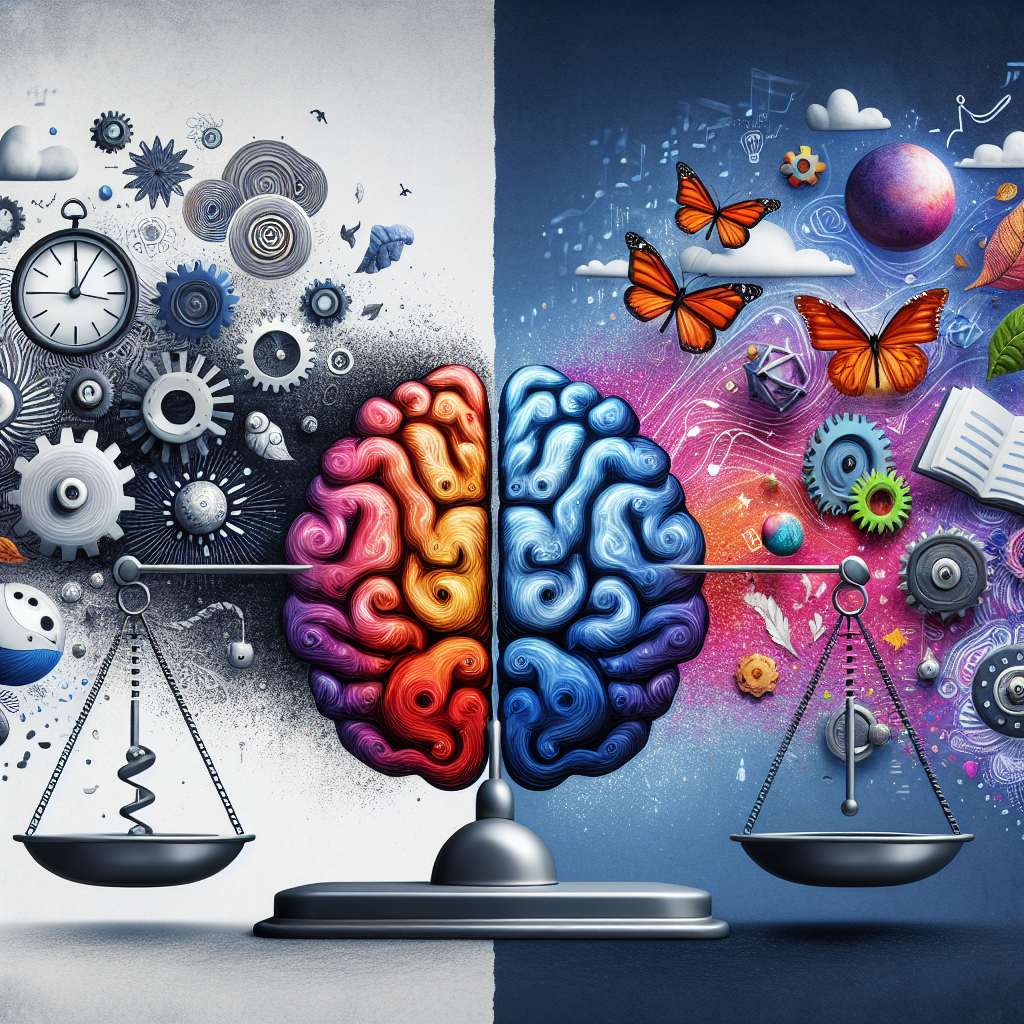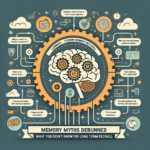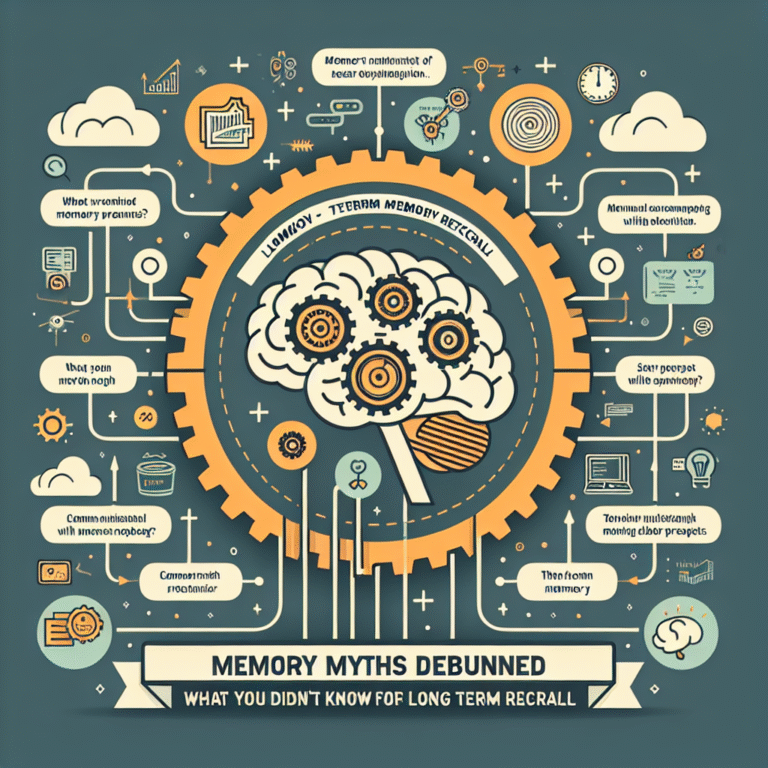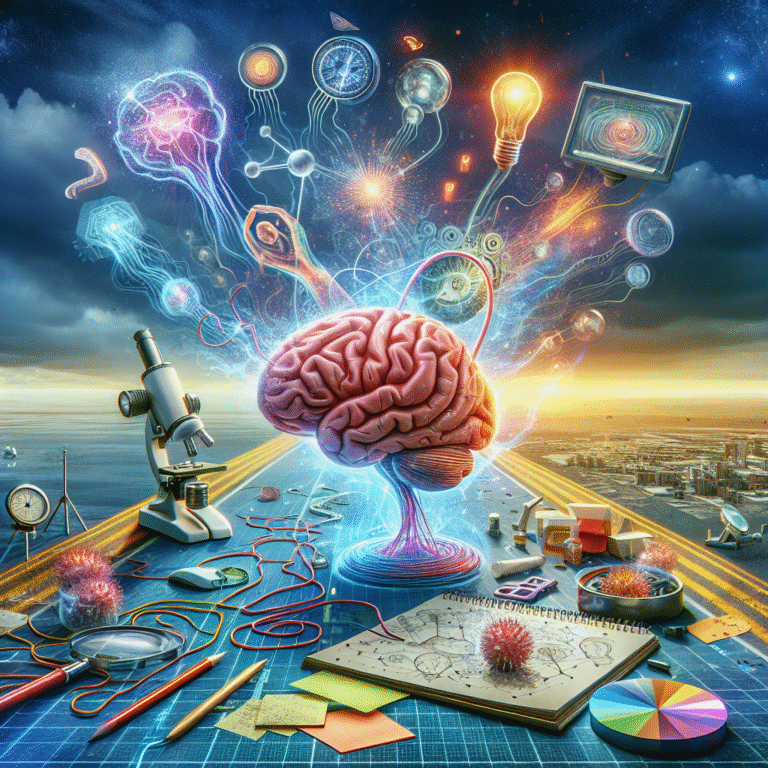
Memory is an integral part of human experience. It shapes our identities, influences our decisions, and drives our learning. Understanding the nuances between short-term memory and long-term memory isn’t just an academic exercise; it plays a vital role in improving our cognitive abilities, enhancing our learning processes, and even informing our daily routines. In this ultimate guide, we’ll explore the key differences, practical applications, and insights related to short-term memory vs. long-term memory: what’s the difference?
Introduction: Why Understanding Memory Matters
Imagine walking into a room and forgetting why you’re there. It’s frustrating, isn’t it? The brain’s complex memory systems can be compared to a vast library, where some books (memories) are readily accessible, while others are tucked away for long-term use. We rely on quick recall to navigate our everyday lives, while the deeper memories we store shape our experiences.
So, what distinguishes short-term memory from long-term memory? Understanding the differences not only enhances our cognitive toolkit but also empowers us to apply these insights to everything from education to personal productivity. Join us as we dive deeper into the fascinating world of memory!
Understanding Short-Term Memory
What is Short-Term Memory?
Short-term memory (STM), also known as working memory, is the brain’s temporary storage system that holds information for a brief period. It allows us to retain small bits of information necessary for daily tasks, such as remembering a phone number long enough to dial it.
Characteristics of Short-Term Memory
- Capacity: The average short-term memory can hold about 7 ± 2 items (Miller’s Law).
- Duration: Information lasts approximately 20 seconds without rehearsal.
- Accessibility: Short-term memories are readily accessible for immediate use.
Real-World Application: Case Study on STM
Consider a study conducted by psychologists at the University of Illinois, where participants were asked to remember a sequence of letters while performing a distracting task. The results highlighted that participants could recall about five to nine letters correctly, affirming Miller’s findings.
Analysis: This case exemplifies how STM works under pressure, illustrating its limited capacity and the challenges posed by distractions.
Strategies to Improve Short-Term Memory
- Chunking: Break information into manageable units.
- Rehearsal: Repeat information mentally to reinforce retention.
- Use Mnemonics: Employ techniques like acronyms or rhymes.
Exploring Long-Term Memory
What is Long-Term Memory?
Long-term memory (LTM) is the brain’s storage system for information that can last from minutes to a lifetime. It encompasses everything from your first childhood memory to the knowledge acquired through years of education.
Characteristics of Long-Term Memory
- Capacity: Essentially limitless; can hold vast amounts of information.
- Duration: Can last a lifetime if properly encoded and retrieved.
- Organization: Memories in LTM are organized by associations, categories, or experiences.
Real-World Application: Case Study on LTM
A landmark study by Roediger and Butler demonstrated the "testing effect," showing that individuals who were tested on the information they studied retained more over time than those who simply reviewed their notes.
Analysis: This case illustrates the significance of LTM, emphasizing the impact of retrieval practice on long-term retention.
Strategies to Enhance Long-Term Memory
- Elaborative Rehearsal: Connect new information to existing knowledge for deeper processing.
- Spaced Repetition: Review information at spaced intervals rather than cramming.
- Use of Stories: Tie information to narratives to enhance memorization.
Short-Term Memory vs. Long-Term Memory: Key Differences
To illustrate the stark contrasts between short-term memory and long-term memory more clearly, let’s present a comparison in table format:
| Feature | Short-Term Memory | Long-Term Memory |
|---|---|---|
| Capacity | 7 ± 2 items | Unlimited |
| Duration | 20-30 seconds | Minutes to a lifetime |
| Accessibility | Immediate recall | Needs cues or context |
| Encoding Process | Repetitive | Meaningful connections |
| Vulnerability to Forgetting | High (decay or displacement) | Low (with proper reinforcement) |
The Memory Continuum: From Short-Term to Long-Term
Understanding the pathways between short-term and long-term memory can shed light on how information transitions from temporary storage to long-lasting retention.
The Encoding Process
- Attention: Information must be attended to in order to enter STM.
- Rehearsal: Rehearsing information in STM can lead to encoding in LTM.
- Storage & Retrieval: Information must be organized and efficiently retrievable for long-term storage.
Case Study: The Role of Attention
A range of studies shows that individuals who multitask find it harder to recall information. This is due to divided attention affecting the encoding process into long-term memory.
Analysis: This correlation emphasizes the need for focused attention in effectively transferring memories into LTM.
Memory and Learning: Implications for Education
Short-Term Memory in Classrooms
Teachers often rely on techniques that align with STM’s characteristics. For instance, reviewing material before a test can help reinforce the short-term recall of students.
Long-Term Memory Strategies for Educators
Incorporating spaced repetition and active retrieval in lesson plans can significantly enhance students’ ability to retain information over the long term.
Case Study: A comprehensive analysis conducted in a variety of educational settings indicated that students exposed to spaced learning performed significantly better on final exams compared to those who engaged in mass learning.
Analysis: This study confirms the efficacy of strategic memory applications in educational environments and their importance for fostering a deeper understanding of material.
Memory Errors and Misconceptions
The Misinformation Effect
One notable phenomenon associated with long-term memory is the misinformation effect, where the recall of episodic memories becomes less accurate due to post-event information.
Common Misconceptions about Memory
- Memories are permanent: In truth, memories can fade, distort, or be constructed anew.
- We use only a fraction of our brains: In fact, different tasks engage various regions of the brain, and memory uses multiple interconnected areas.
- Memory works like a video recorder: Memories are often reconstructed rather than played back verbatim.
Conclusion: Empowering Our Memory
Understanding the differences between short-term memory vs. long-term memory can profoundly affect how we learn, teach, and remember. By employing targeted strategies for each type of memory, we can improve our learning outcomes and enhance our overall cognitive abilities.
Actionable Insights
- Practice chunking and mnemonic devices for improving your short-term memory.
- Engage in elaborative rehearsal and spaced repetition for better long-term retention.
- Foster environments without distractions to enhance focus during learning periods.
In a world that constantly bombards us with information, mastering our memory systems can be our greatest advantage. Let’s harness this understanding to elevate our learning experiences and enrich our lives!
FAQs about Memory
1. What is the primary function of short-term memory?
Short-term memory helps us temporarily hold and process information for immediate tasks like recalling a phone number or following directions.
2. Can short-term memory become long-term memory?
Yes! Through processes like rehearsal and meaningful connections, information can transition from short-term to long-term memory.
3. What are the main differences in duration between short-term and long-term memory?
Short-term memory typically lasts just 20-30 seconds without rehearsal, whereas long-term memory can last from minutes to a lifetime.
4. How does attention affect memory retention?
Attention is crucial for memory retention; multitasking can diminish our ability to encode information into memory.
5. What strategies can I use to improve my long-term memory?
To improve long-term memory, strategies include spaced repetition, elaborative rehearsal, and forming narratives to connect new information with what you already know.
By understanding and applying the insights from short-term memory vs. long-term memory: what’s the difference?, you can optimize your brain’s performance and enhance the quality of your learning and retention processes. Embrace these strategies, and watch your memory transform!
















